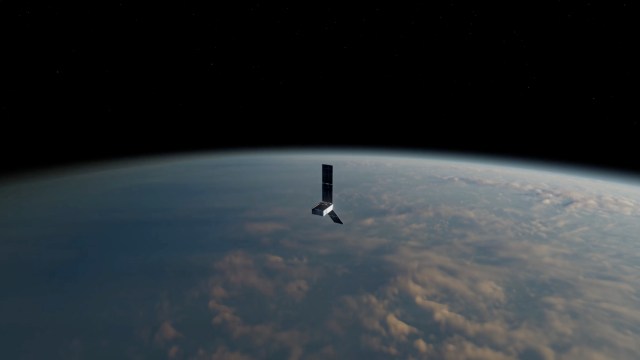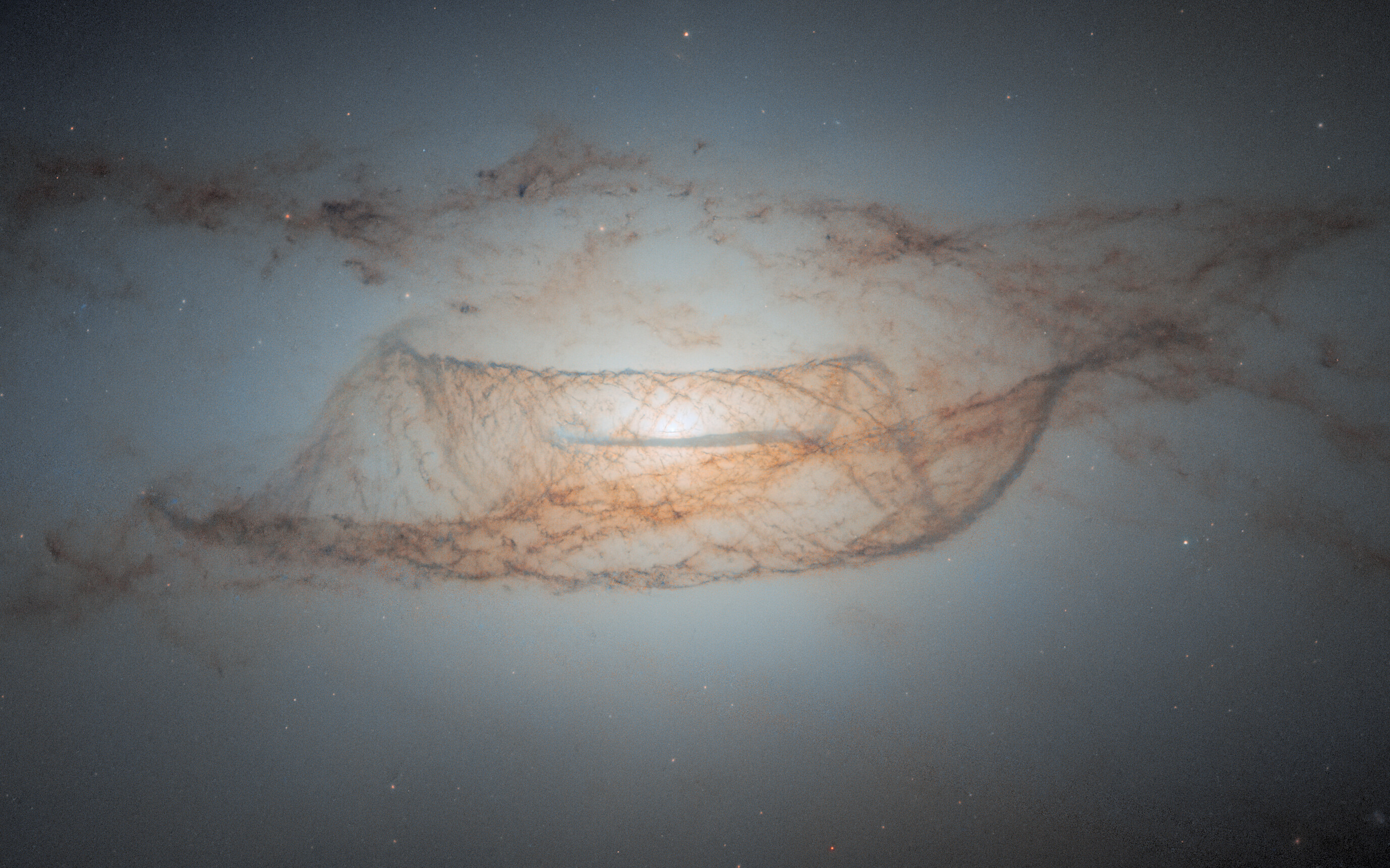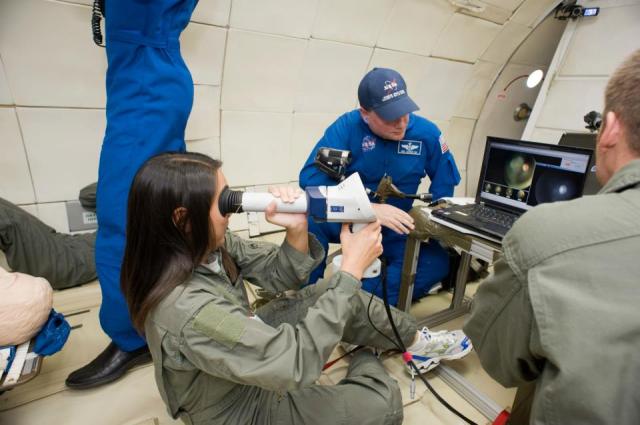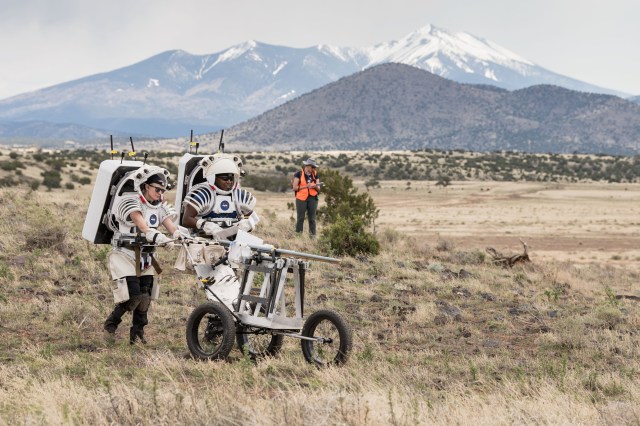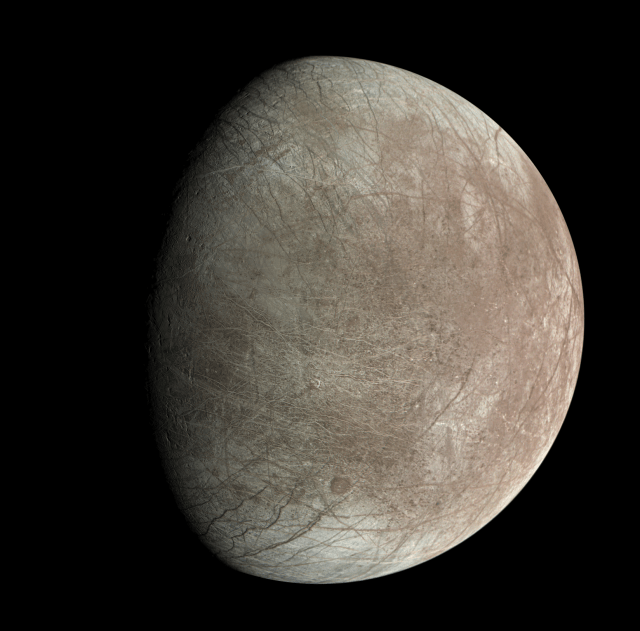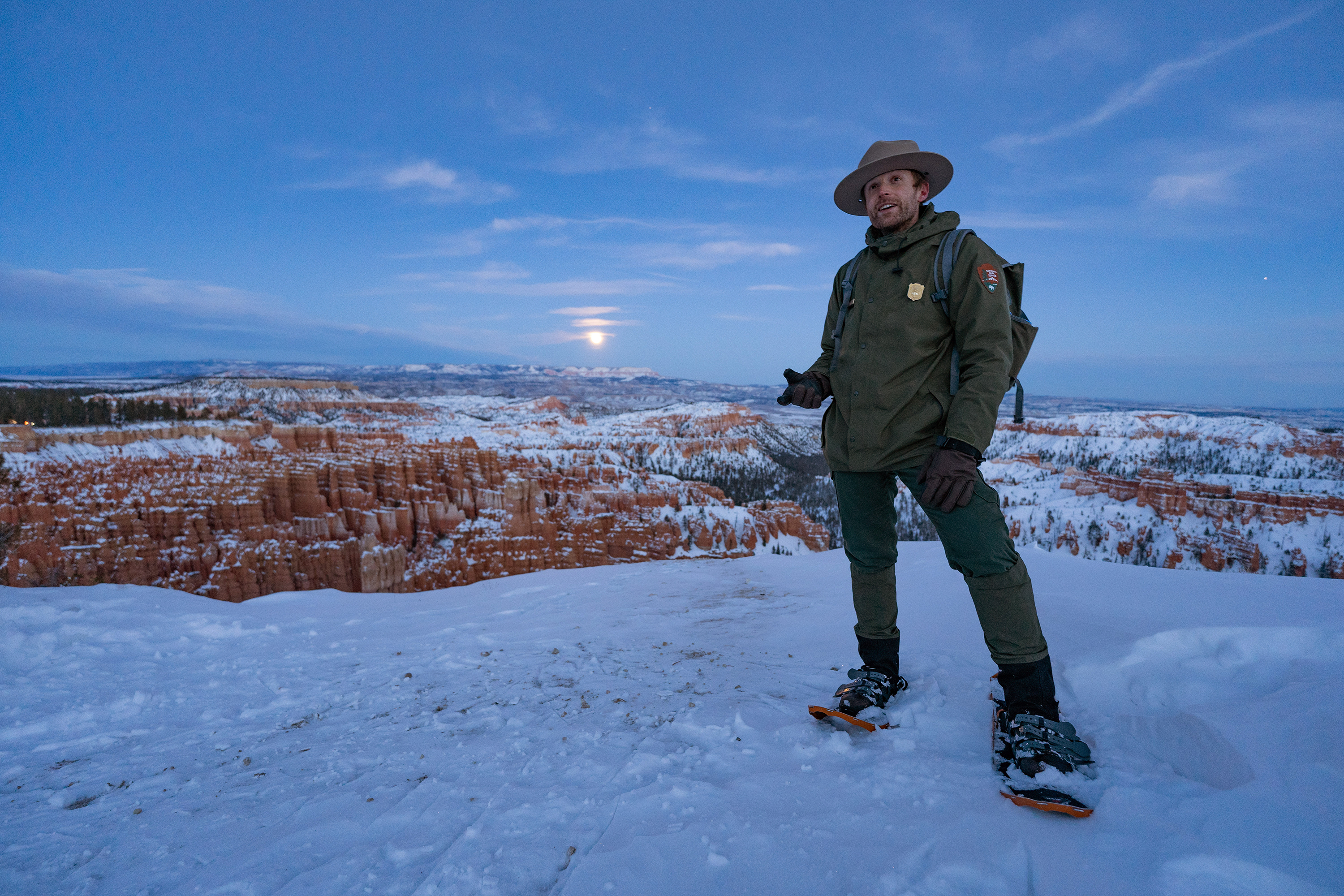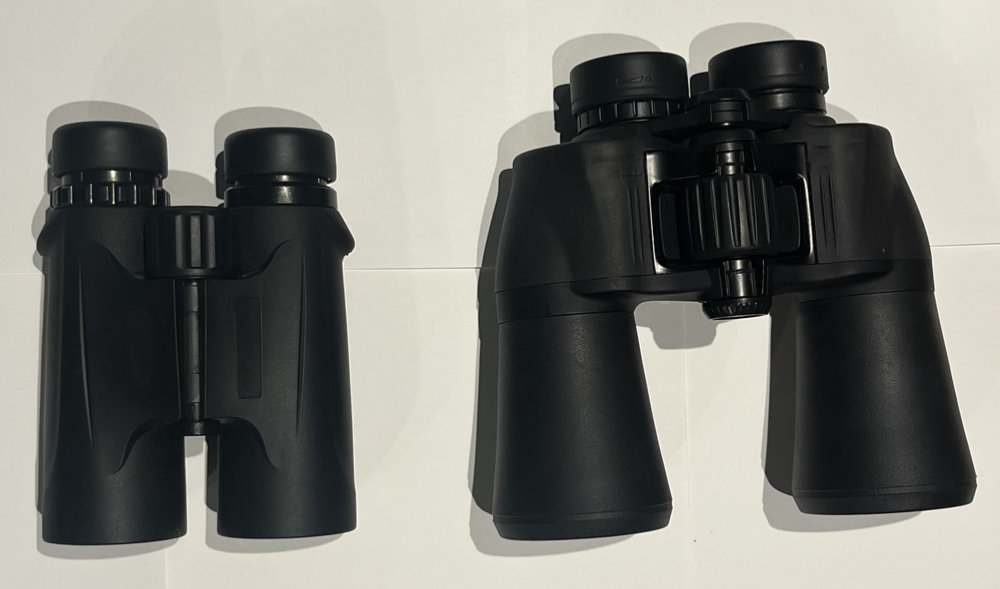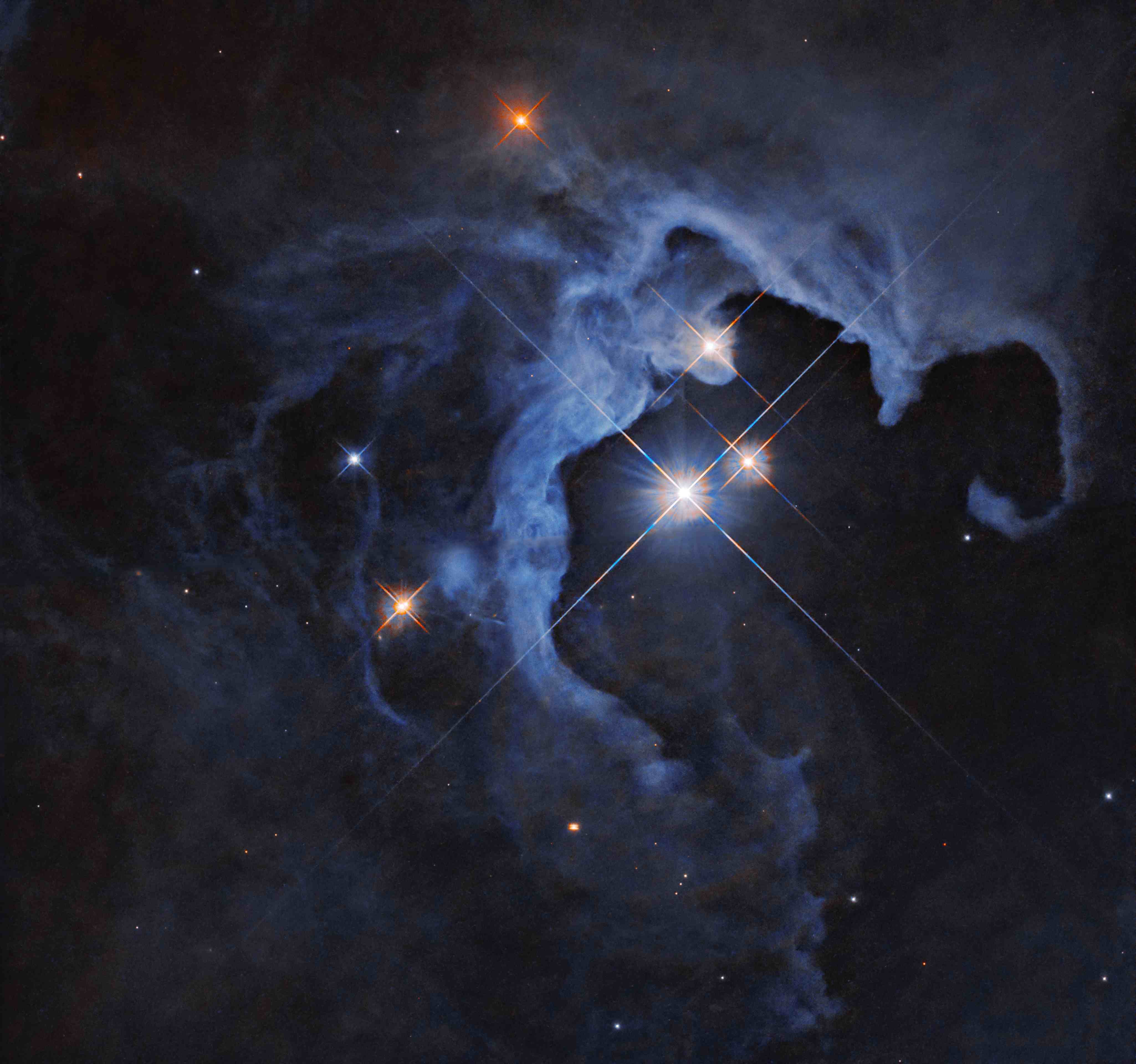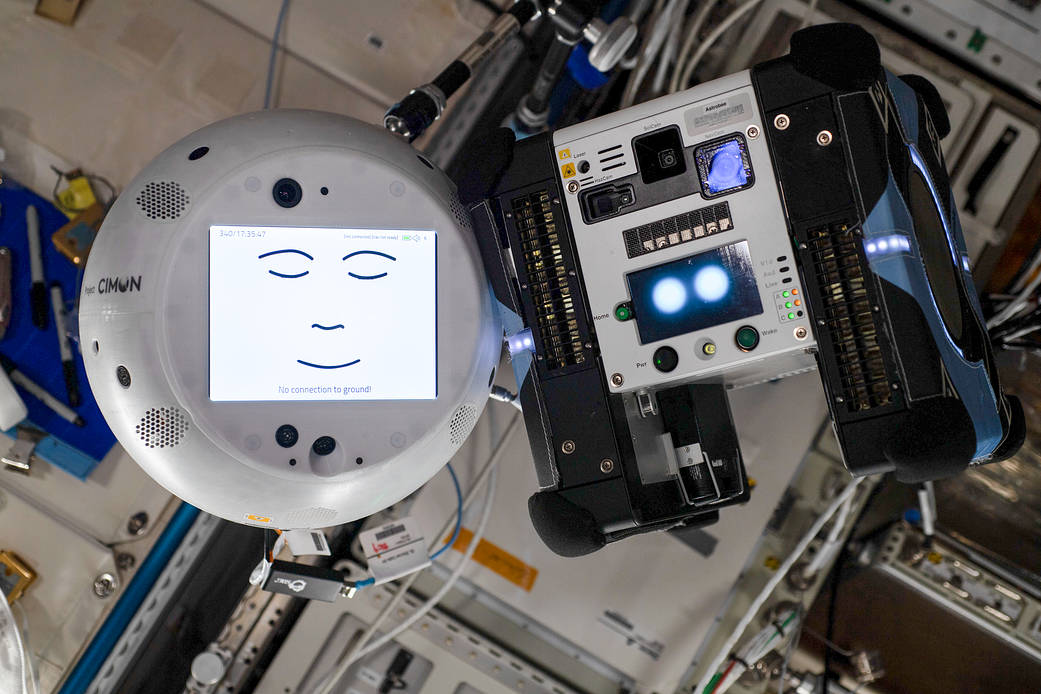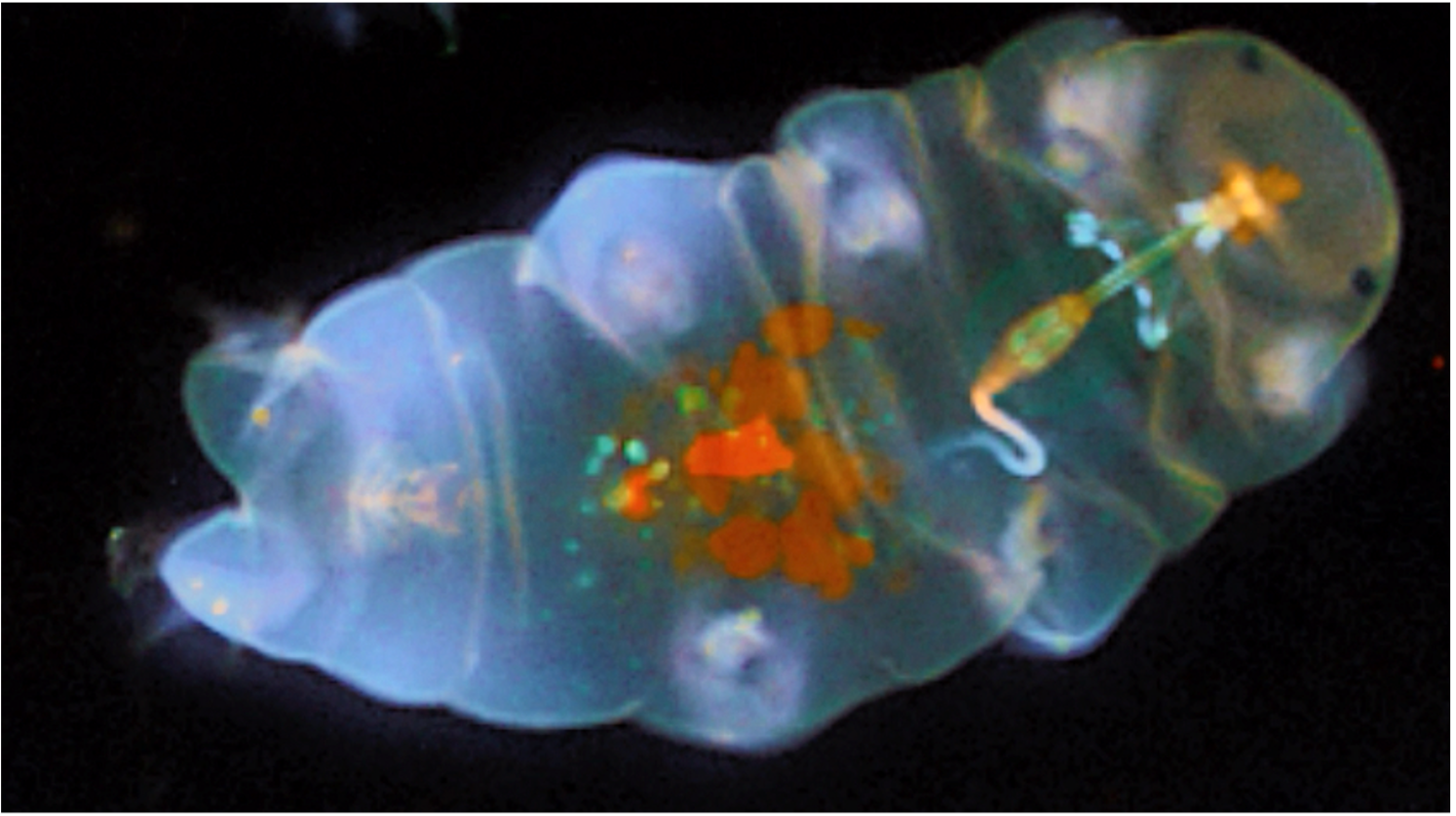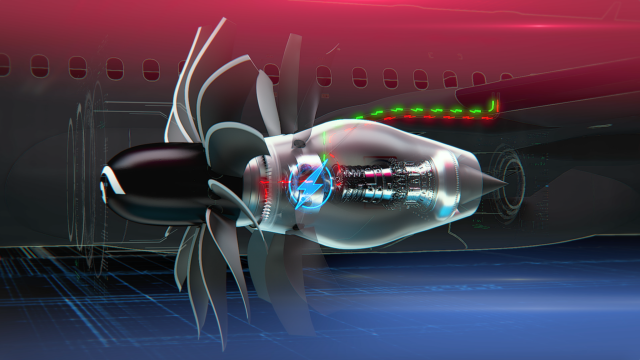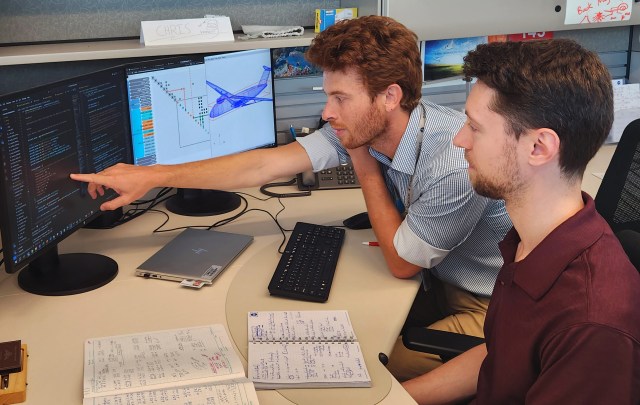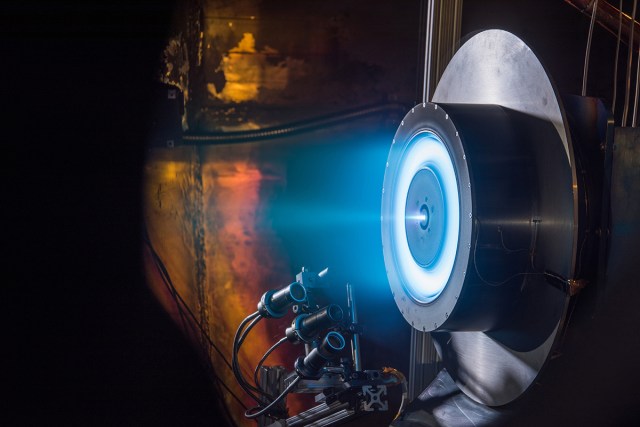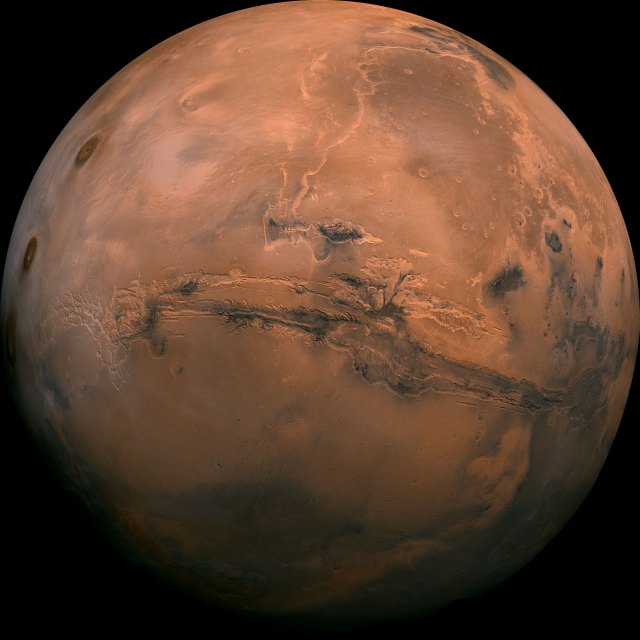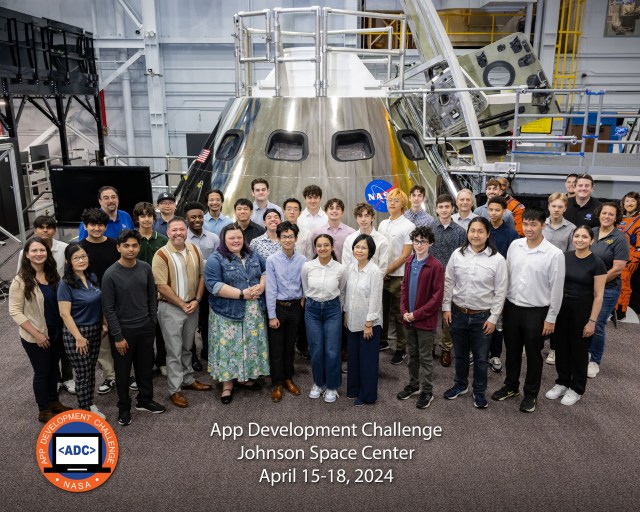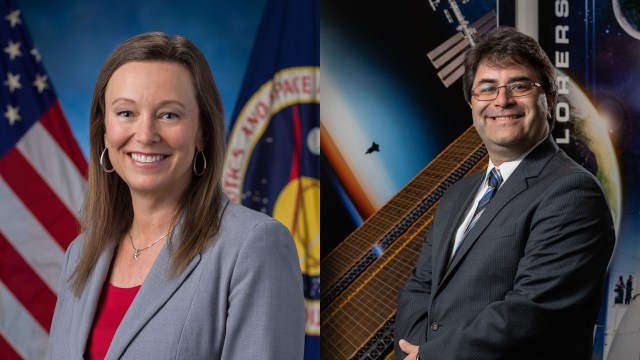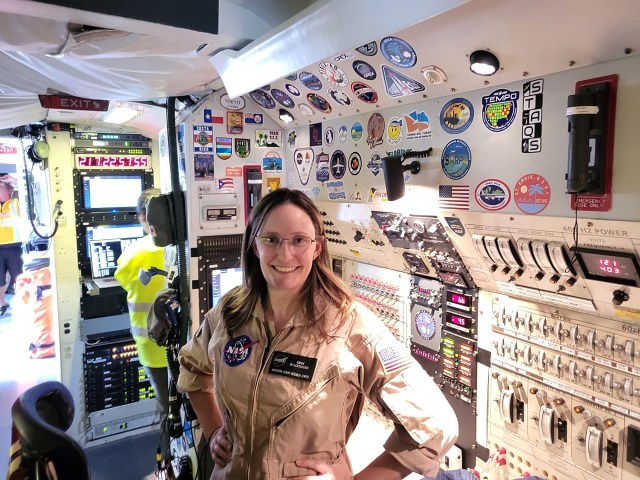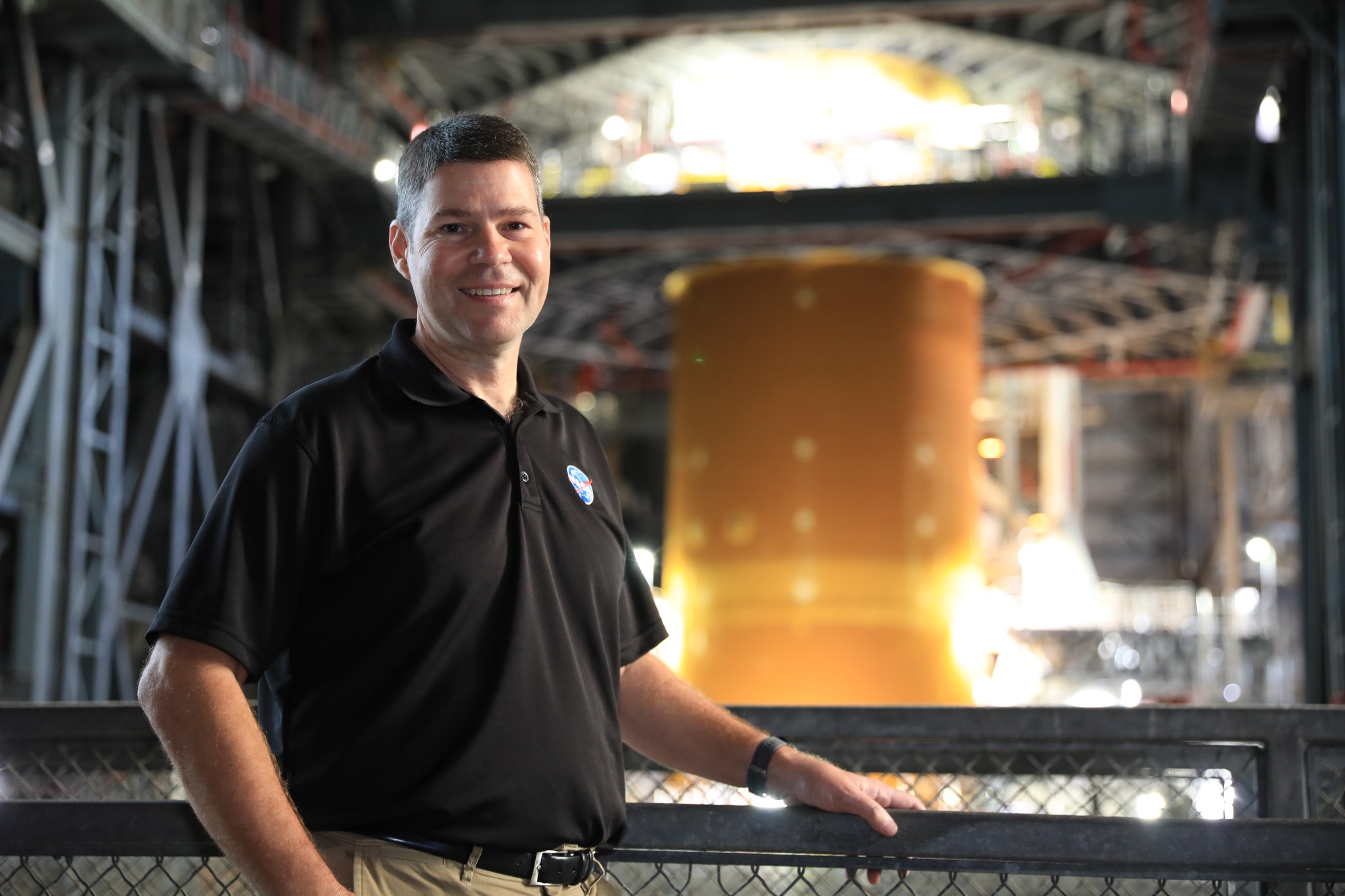By Whitney Sheppard
Some people begin their NASA careers having dreamed of working with rockets since childhood. Others, like Dr. John Blevins, the chief engineer for the Space Launch System (SLS) rocket, succeed because they follow their principles.
When he left the automotive industry in 1992, Blevins’ goal was to become a better engineer, not necessarily to build the world’s most powerful rocket, “I didn’t have that near-religious vision that so many people tell you they had,” Blevins recalls with a quiet laugh. “I was gathering a lot of knowledge. I asked myself: How do I become really proficient with fluid mechanics and thermodynamics? How do I get these skills and apply them to systems?”
With the SLS rocket’s first launch happening soon, it appears Blevins’s ambition to expand his education has been successful. Supporting the Artemis missions, SLS will return astronauts to the Moon for the first time since the Apollo Program. Blevins might not always have had space on the brain, but he was always looking to the sky.
“I grew up in the shadow of Arnold Engineering Development Center, at the Arnold Air Force Base near Tullahoma, Tennessee,” he explains. “We went on a tour and seeing the wind tunnels and what they were testing really piqued my interest.”
Blevins earned his bachelor’s degree in mechanical engineering from Tennessee Technological University and in 1997, Blevins completed his master’s and doctorate degrees in mechanical and aerospace engineering from the University of Alabama in Huntsville. His work with Sverdrup Technology Group (now Jacobs Engineering) got him involved with the aerospace industry building wind tunnels, jet engine test facilities, and rocket engine facilities, but NASA wasn’t on his mind until 1999, when someone recommended that he apply for a job.
At NASA, Blevins initially worked as a propulsion researcher and principal investigator as well as a combustion devices engineer, but he found his place when he became the Aerodynamics Team Lead at Marshall Space Flight Center in Huntsville, Alabama.
“It was that team atmosphere of putting some of the smartest people you’ve ever worked with together and coming up with innovative solutions,” Blevins recalls. His work began to transition to a new project: the SLS rocket.
“When SLS started, I was part of the ‘pre-team’ — a small group of people that competed ideas,” Blevins says. “SLS didn’t exist as a program yet; we were just calling it Heavy Lift Launch Vehicle during the initial Requirements Analysis Cycle. I was with SLS before it was SLS.”
In a twist of fate, Blevins was in the wind tunnel in October 2011 when NASA officially announced the SLS Program. Now, with SLS’s Artemis I test flight imminent, Blevins can reflect on the winding path of his NASA career: it isn’t just about vision and dreaming: It’s about hard work. “Dream big and follow those pursuits,” he advises, “but live each day to be the best you can be. Show up to work, have tremendous technical integrity, work to communicate clearly and concisely, and work efficiently. Follow your interests and be prepared for all the turns in the road that get thrown at you, and you will enjoy the ride.”
In his free time, Dr. John Blevins enjoys spending time with his wife and their three adult children. He also keeps his eye to the sky as a licensed pilot, flight instructor, builder of planes, and bird watcher/photographer. Soon he’ll be watching the biggest bird of them all as SLS soars off the launch pad sending the first Artemis mission to the Moon. Through Artemis, NASA will expand humanity’s presence beyond Earth, starting with a sustainable lunar presence and enabling the next giant leap: sending humans to Mars.
For more information on SLS, visit https://www.nasa.gov/exploration/systems/sls/index.html
To learn more about the Artemis I mission, visit: https://www.nasa.gov/artemis-1



